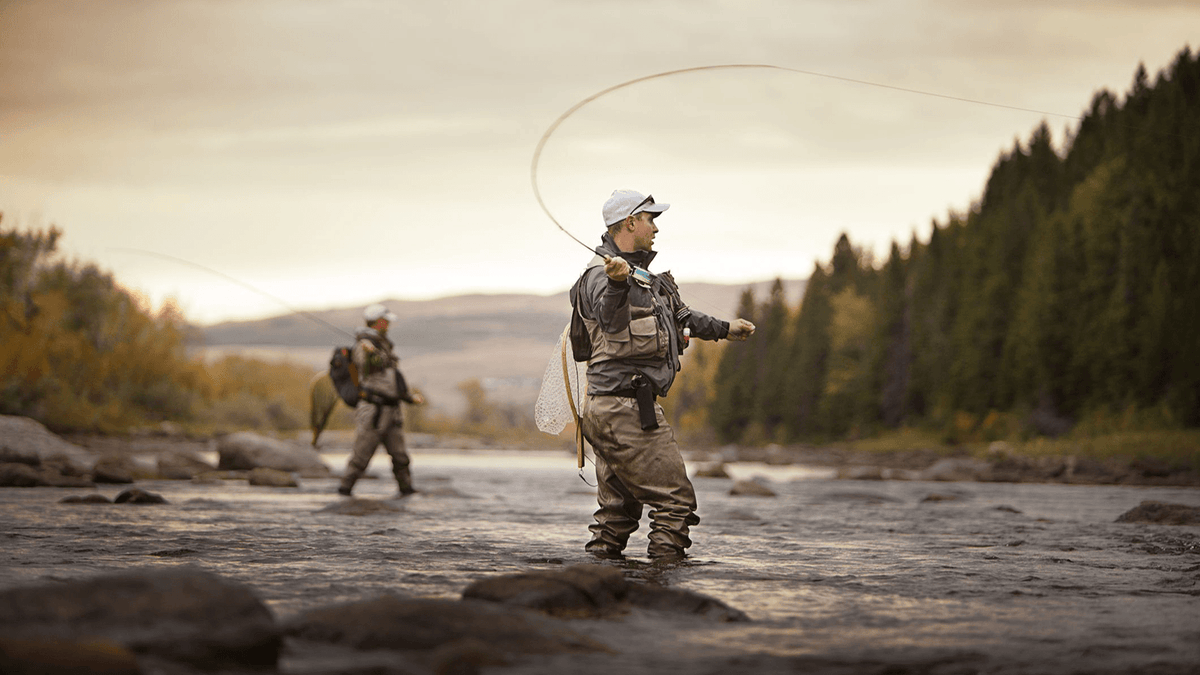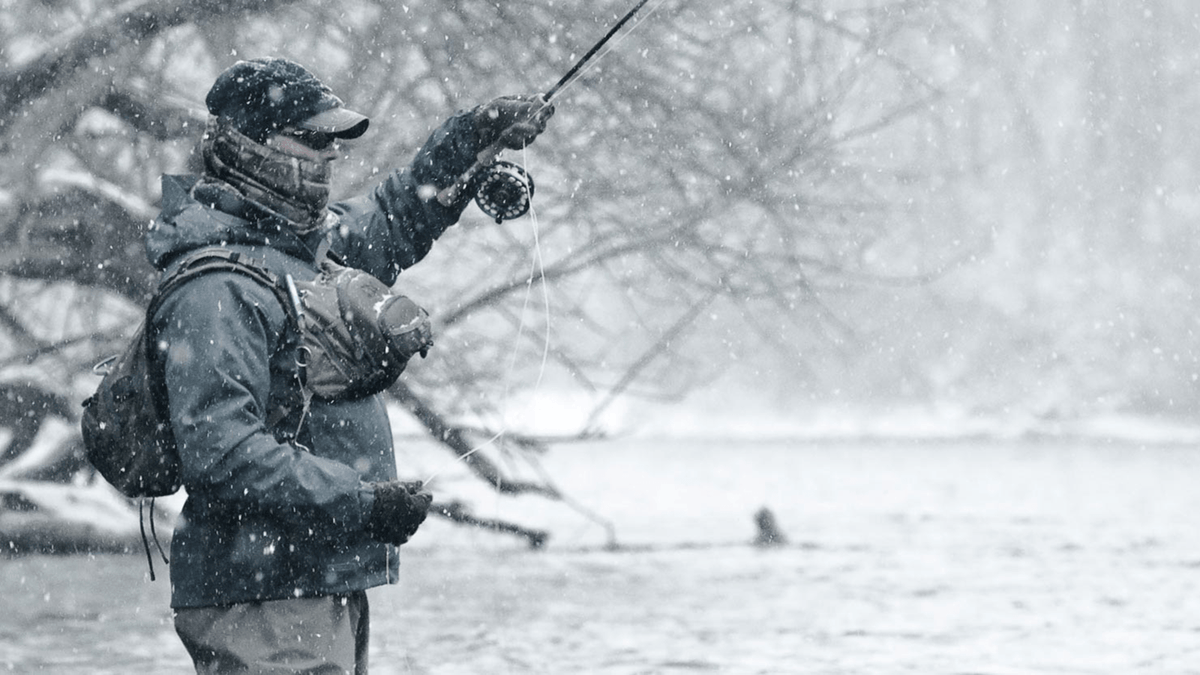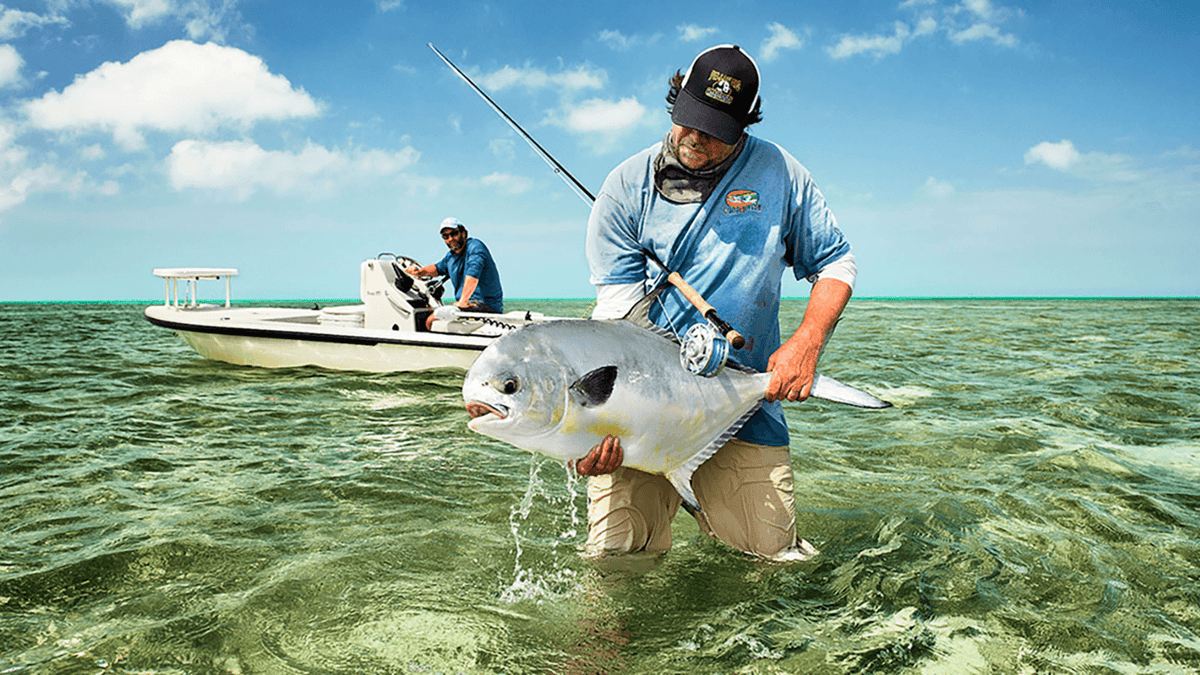3 Midge Fly Patterns to Catch Yourself a Killer Trout

It amazes me how many customers who fish my Fly Assortments comment on how “small” some of the flies are. And they are certainly not referring to one of my classic flies like a big ol’ Wooly Bugger or a Size 12 Pheasant Tail Nymph. Instead, they are expressing their reluctance to tie on a small midge pattern such as a Zebra Midge or a Griffith’s Gnat. But, the reason why I include these options in my many of my assortments are very simple. EVERY fisherman, from beginner to expert, should have midge patterns somewhere in their fly fishing vest.
Why are Midge Flies so important?

- Midges can consume up to 50% of a trout’s diet in some waters.
- Midges can complete an entire life cycle during the winter months.
- Many species of midges can move from egg to adult in a few weeks.
- Midges hatch in many different types of water, including pools, slackwaters, tailwaters, and spring creeks.
- There are approximately 1,000 different midge species (don’t worry…you don’t need to fish 1,000 patterns)
- ANY size trout will eat a midge. Trout aren’t picky as to the size of the food source. If they are hungry and it’s in their diet, they are going to eat it.
Focus on 3 Basic Stages of Flies
There are really only 3 stages to the Midge Life Cycle that an angler needs to understand, nymph, emerger, and adult stage. Of these 3 stages, I recommend focusing mainly on the first two: nymph and emerger, because most midges are eaten by trout in their subsurface stages.
The Midge Nymph

I carry midge nymphs in a variety of colors and sizes. I really like the Zebra Midge since it is tied with a bead head that will help it drop down quickly to where the trout are feeding in the colder weather. It isn’t too fancy, but it gets the job done. The colors that I always have with me are black, brown, olive, yellow, and red. You can get this pattern in many other colors, but these 5 colors are essential.
The Midge Emerger

Once midges move out of the nymph stage, they begin to float to the surface of the water with a small bubble. This is called the emerger stage, and in this stage, they are vulnerable to be eaten by a trout. In order to imitate the emerger, I recommend 3 popular patterns: The UV Midge Emerger, Top Secret Midge Emerger, and the CDC Midge Emerger in my 5 recommended colors.
The Midge Adult / Dry

If a midge is fortunate to make it to the Adult stage, there are a few options to consider to grab a hungry trout. My top 2 recommended dry midge patterns are actually attractor patterns called the Griffith’s Gnat and Gray Ugly. At first glance they are very similar. Both are very “buggy” and small. I fish them in Sizes 18-22 mostly. The Gray Ugly sports a green body with light hackle, whereas a Griffith’s Gnat typically has a black body with grey hackle throughout.
Recommended Fishing Gear for Fishing Midges
Before you slip on your fly fishing waders and head out to your favorite body of water, let’s make sure that you have the appropriate fly fishing setup.
I recommend the following:
- Fly Fishing Rod: Length from 8.5′ to 9.5′ – Weight 4-5
- Fly Fishing Line: 4X to 5X double tapered
- Fly Fishing Tippets: 4X to 5X Fluorocarbon for subsurface flies (nymphs and emergers) and 4X to 5X Monofilament for Dry Fly Patterns
- Fly Fishing Leaders: Length from 7.5′ to 9′ – Weight 4X to 5X
How to Catch Some Big Trout on Midge Flies
Start out with some basic larvae in the mid-morning and move to the adults in the late afternoon as you see the bugs scattering along the water. If your midge larvae does not have a bead head consider using a split shot or two to sink your midge fly. Often times I try to sink my fly the deepest in the mornings by having the most weight on my line. I will remove weight as the day continues. Also, vary your midge colors until one particular color gets hot. I also recommend focusing on pockets of slow moving water outside of the fast current. In the winter, the trout are less active than in the warmer months so they are typically in gentler water.
Now Get Out There and Catch a Lunker
In summary, Fly Midges are THE PRIMARY FOOD SOURCE FOR TROUT IN THE WINTER! A body of water in the winter with active midge hatches is going to induce far more strikes on midges than a Wooly Bugger or a San Juan Worm. So, what are you waiting for? Stop by feedercreekfish.com for a great selection of midges and let’s have some fun!
Leave a comment
Comments will be approved before showing up.
Also in Catch the Latest fly flshing news

Wooly Buggers Catch Big Fish

Fly Fishing Flies for Winter – 3 Patterns That Induce Cold Weather Strikes

